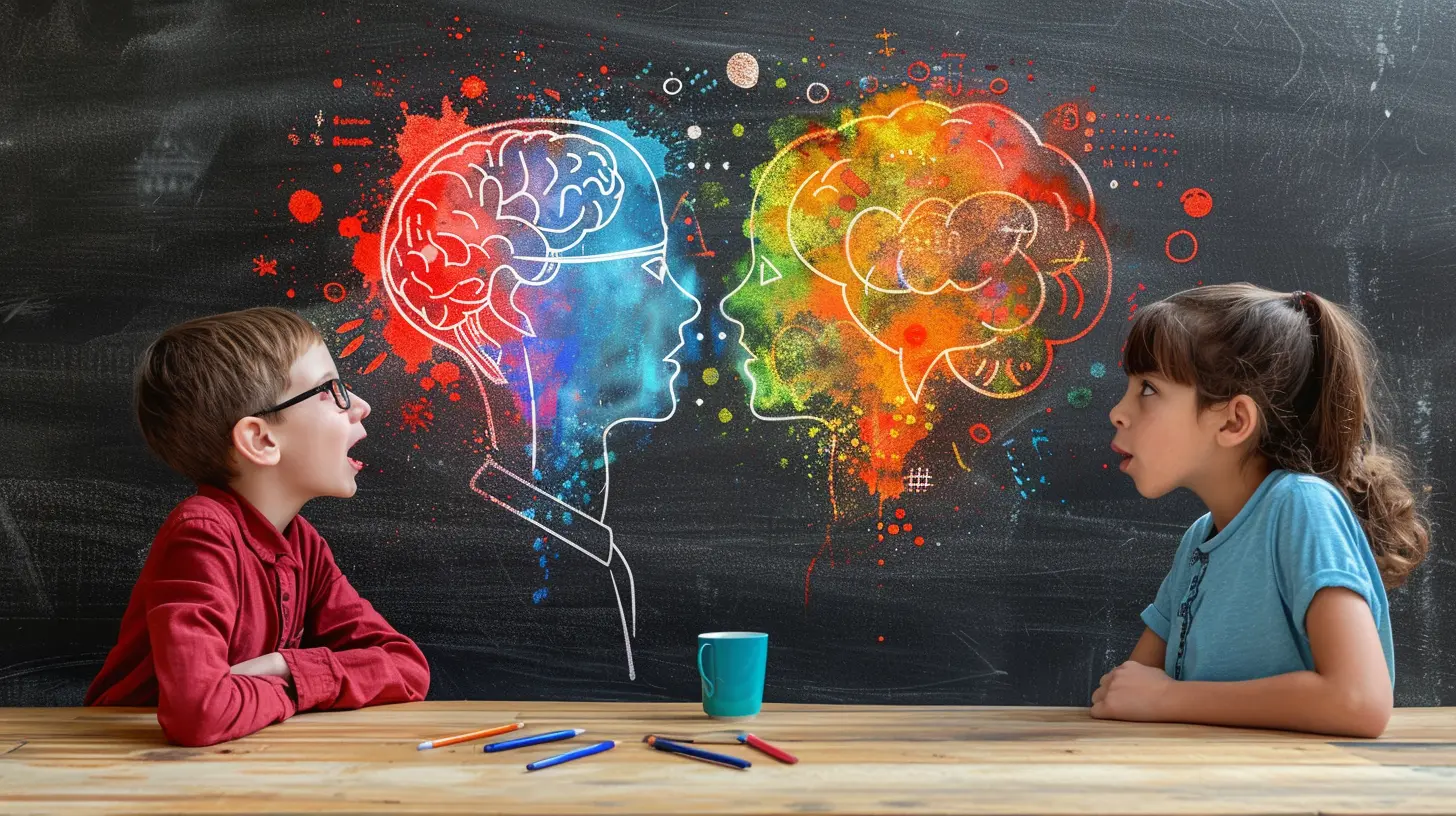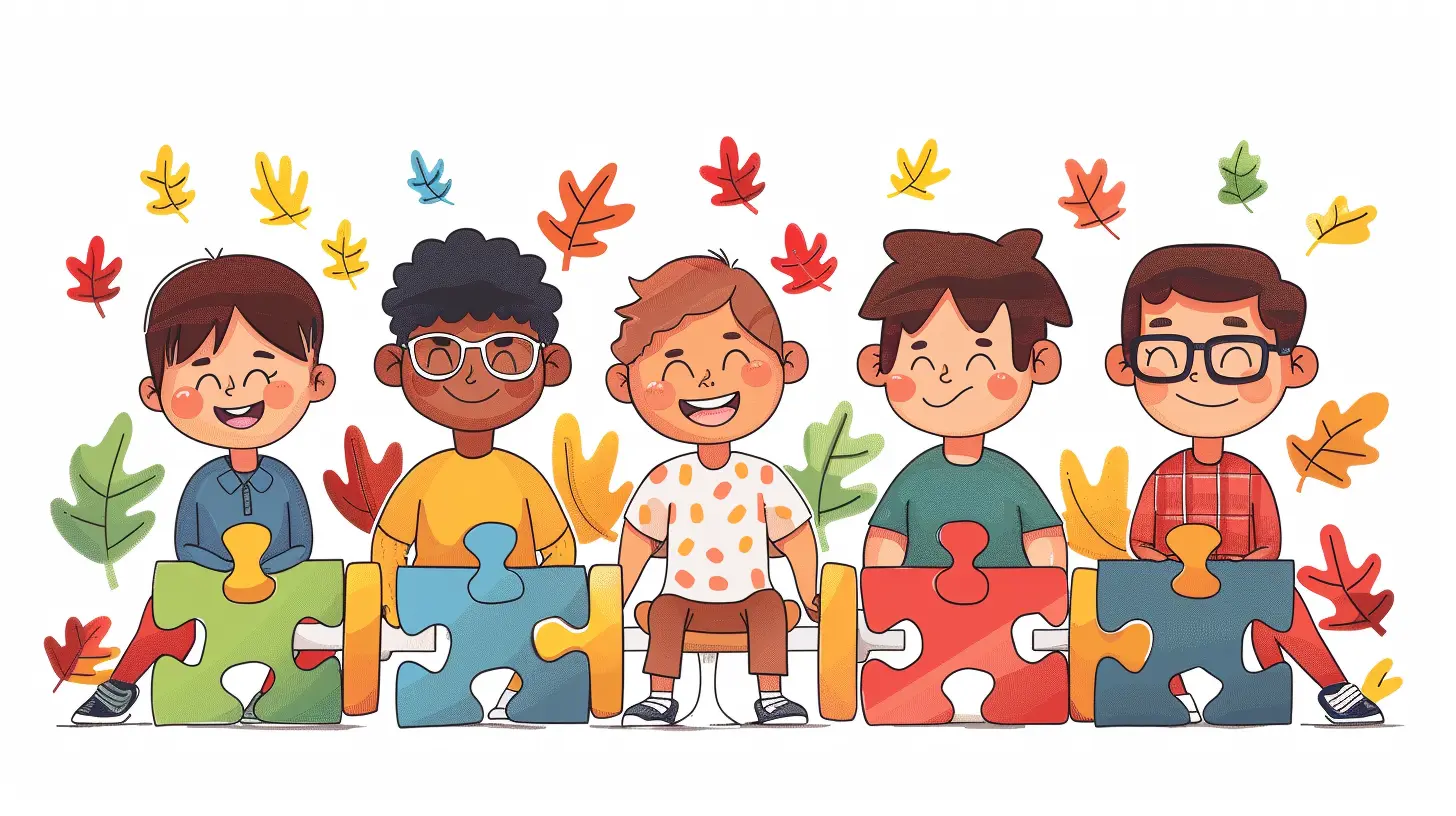The Role of Speech Therapy in Addressing Learning Disabilities
3 August 2025
Learning disabilities can make everyday tasks like reading, writing, and communicating incredibly challenging. For many children and even adults, these struggles can feel isolating. However, one often-overlooked solution plays a crucial role in helping individuals overcome these challenges—speech therapy.
When people think of speech therapy, they often assume it’s just about correcting pronunciation or helping with stuttering. But in reality, it’s much more than that! Speech therapy is a powerful tool that supports individuals with learning disabilities by improving their language skills, cognitive abilities, and overall communication.
In this article, we’ll dive deep into how speech therapy helps address learning disabilities, the techniques used, and the benefits it brings to those in need.

What Are Learning Disabilities?
Before we get into speech therapy, let’s first understand what learning disabilities actually are.Learning disabilities are neurological conditions that affect a person's ability to process, store, or produce information. They’re not caused by lack of intelligence or motivation—many individuals with learning disabilities are highly intelligent. Instead, their brains just process information differently.
Some of the most common types of learning disabilities include:
- Dyslexia – Struggles with reading and interpreting words
- Dysgraphia – Difficulty in writing and handwriting skills
- Dyscalculia – Challenges with numbers and mathematical concepts
- Auditory Processing Disorder – Trouble understanding and processing spoken language
- Language Processing Disorder – Difficulty using and understanding language effectively
These conditions can make learning in a traditional classroom setting difficult. But that’s where speech therapy comes in!

How Speech Therapy Helps with Learning Disabilities
Speech therapy focuses on enhancing a person’s language and communication skills, making it an essential intervention for individuals with learning disabilities. Let’s break it down:1. Improving Language Skills
Many learning disabilities stem from challenges in understanding and using language. Speech therapists work with individuals to strengthen their vocabulary, sentence structure, and comprehension skills. Through engaging activities, they help individuals express themselves more clearly and confidently.For example, a child with dyslexia who struggles with reading may benefit from phonological awareness exercises—activities that help them break words into smaller sounds, making reading much easier.
2. Strengthening Auditory Processing
Ever heard someone say something, but it took a moment to process what they actually meant? Imagine that happening all the time.For individuals with auditory processing disorders, speech therapy plays a huge role in improving their ability to distinguish sounds, follow verbal instructions, and comprehend spoken language. Therapists use exercises that sharpen listening skills, such as auditory discrimination (telling the difference between similar sounds) and memory games.
3. Boosting Reading and Writing Skills
Did you know that reading and writing difficulties often stem from language processing issues? Speech therapists use structured literacy techniques, such as phonics and multisensory learning, to improve reading and writing abilities.For example, a therapist may use a method called Orton-Gillingham, which teaches reading through a step-by-step process using visual, auditory, and kinesthetic techniques. This helps individuals connect letters with sounds more effectively.
4. Enhancing Social Communication
Communication is more than just words—it's also about understanding social cues, facial expressions, and tone of voice. Many people with learning disabilities struggle with these aspects of communication, making social interactions challenging.Speech therapy includes pragmatic language therapy, which helps individuals develop better conversational skills, understand nonverbal cues, and engage in social situations with confidence.
5. Increasing Confidence and Reducing Frustration
Imagine feeling misunderstood every time you try to say something—frustrating, right?Learning disabilities can take a toll on self-esteem. Many individuals feel discouraged when they struggle to keep up with their peers. Speech therapy not only helps improve their skills but also boosts their confidence. When they realize they can express themselves more effectively, they feel empowered and motivated to continue learning.

Techniques Used in Speech Therapy for Learning Disabilities
So, how exactly do speech therapists work their magic? Let’s look at some of the key techniques used:1. Phonological Awareness Training
This involves exercises that focus on sound recognition, rhyming words, and breaking words into syllables. It’s particularly helpful for children with dyslexia.2. Multisensory Learning Approaches
Using visual, auditory, and kinesthetic methods helps reinforce language skills. For example, tracing letters while saying their sounds aloud can enhance memory and recognition.3. Articulation Therapy
For individuals who struggle with pronunciation, speech therapists use articulation exercises to improve clarity and sound production.4. Visual Supports and Communication Aids
Some individuals benefit from using visual cues like picture cards or assistive technology to strengthen language comprehension.5. Repetition and Structured Practice
Reinforcing skills through repetition and structured practice helps embed new language abilities into everyday use.
Who Can Benefit from Speech Therapy?
Speech therapy isn’t just for kids. It can benefit individuals of all ages who struggle with language processing and communication. Here’s a quick breakdown:- Children with learning disabilities – To develop language, reading, and social skills
- Teens and adults with language processing challenges – To improve academic and workplace communication
- Individuals with auditory processing disorders – To enhance listening and comprehension skills
- Anyone struggling with speech clarity and expression – To build confidence in communication
The Long-Term Impact of Speech Therapy
The benefits of speech therapy go beyond the classroom. When individuals gain better language and communication skills, they experience improved academic performance, stronger relationships, and increased self-confidence.For children, these improvements can mean the difference between struggling in school and thriving in their education. For adults, better communication skills can open new opportunities in careers and social interactions.
Final Thoughts
Speech therapy is a game-changer for individuals with learning disabilities. It’s not just about speech—it’s about empowering individuals to communicate effectively, express themselves confidently, and navigate the world with ease.Whether it’s improving reading skills, boosting social communication, or enhancing auditory processing, speech therapy provides essential tools for success. If you or someone you know is struggling with a learning disability, seeking the help of a speech-language pathologist (SLP) might be the best step toward a brighter future.
all images in this post were generated using AI tools
Category:
Learning DisabilitiesAuthor:

Bethany Hudson
Discussion
rate this article
1 comments
Verity McKittrick
This article effectively highlights how speech therapy can significantly support individuals with learning disabilities, enhancing communication skills and overall academic success. Great insights!
August 24, 2025 at 3:00 AM

Bethany Hudson
Thank you for your kind words! I'm glad you found the article insightful in highlighting the impact of speech therapy on communication and academic success for individuals with learning disabilities.


